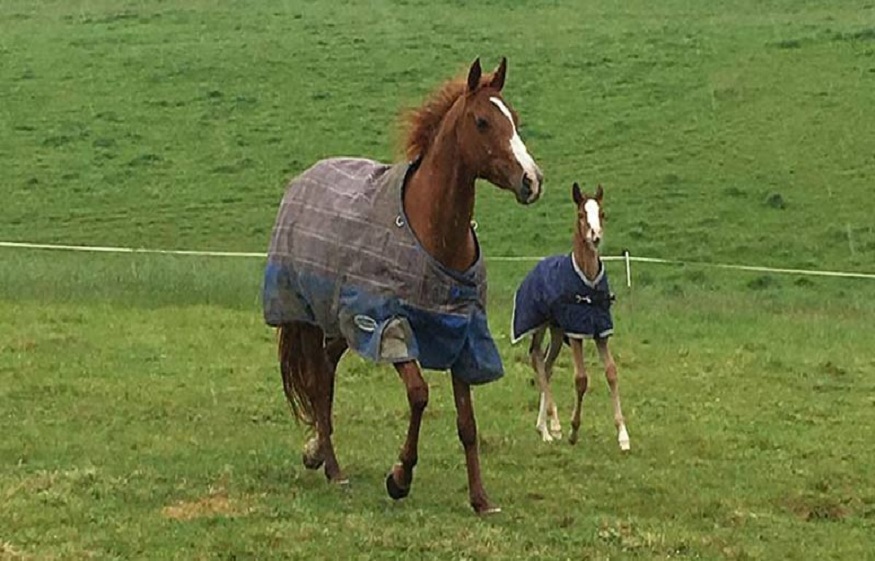Humans dress warmly when the weather gets cold, but horses rely on their owners to protect them from the cold. Understanding when to rug a horse might be difficult because there are many factors to pay attention to.
Before we discuss when to rug your horse, let’s first look at the factors that can dictate when to rug your horse.
1. Clipping
Your horse is much less likely to need a rug in the fall if unclipped. Unless the weather is unusually warm, a horse will likely need to wear turnout rugs after being clipped. A trace clip rather than a hunter clip can do wonders for keeping your horse warm in the field if you intend to leave him out overnight into the winter and want to keep riding.
2. Weather
Your horse will grow accustomed to wearing the rug once you start doing so. What would you put on the horse when it’s icy cold and snowing in the middle of January? You’ll need a rug.
3. Shelter
Horses can become quite chilly during an Autumn storm if left on an openwithout shelter. However, your horse will be much less affected by rainy and windy conditions if they are in a field with good hedges or a field shelter, especially if they are on the wind blowing side. It is frequently possible to put off putting a rug on for a few weeks if you have excellent shelter from wind and rain.
4. Workload
A lightweight fly rugs for horses can be helpful if your horse is in the field and you ride him frequently so that he is clean and dry when it’s time to put the saddle and girth on. To help him avoid chafing from the harness if his head is damp, give his head and behind his ears a nice wipe with a towel.
Age and condition
Older horses typically experience the cold more intensely. Autumn is a fantastic time to check that your horse is in great shape if he has lost condition over the winter in the past. When the weather first turns chilly and rainy, he can stay warm and dry by putting a rug on.
When to rug a horse
Rugging should only be done after taking other steps to keep the horse warm. Providing shelter, food, companion horses, and refraining from excessive grooming or trimming are all part of this.
A horse is more likely to require a weatherbeeta stable rug if they have a limited range of movement or a short coat. You can determine your horse’s temperature by pressing close to the skin or in the armpit. It’s not a good idea to feel the horse’s face, ears, or legs to determine whether it’s cold. Rather, look for hair that is standing on end.
A rug (or additional rug) may be required if it’s cold behind the wither. The horse is excessively hot and might need to remove the rug if it feels damp. The temperature outside the stable might also be helpful to know the actual temperature instead of relying just on how cold you feel.
A horse shouldn’t require rugging until the temperature hits 5 to 10 degrees Celsius unless they are very old, very young, underweight, clipped, or constantly live outside.

